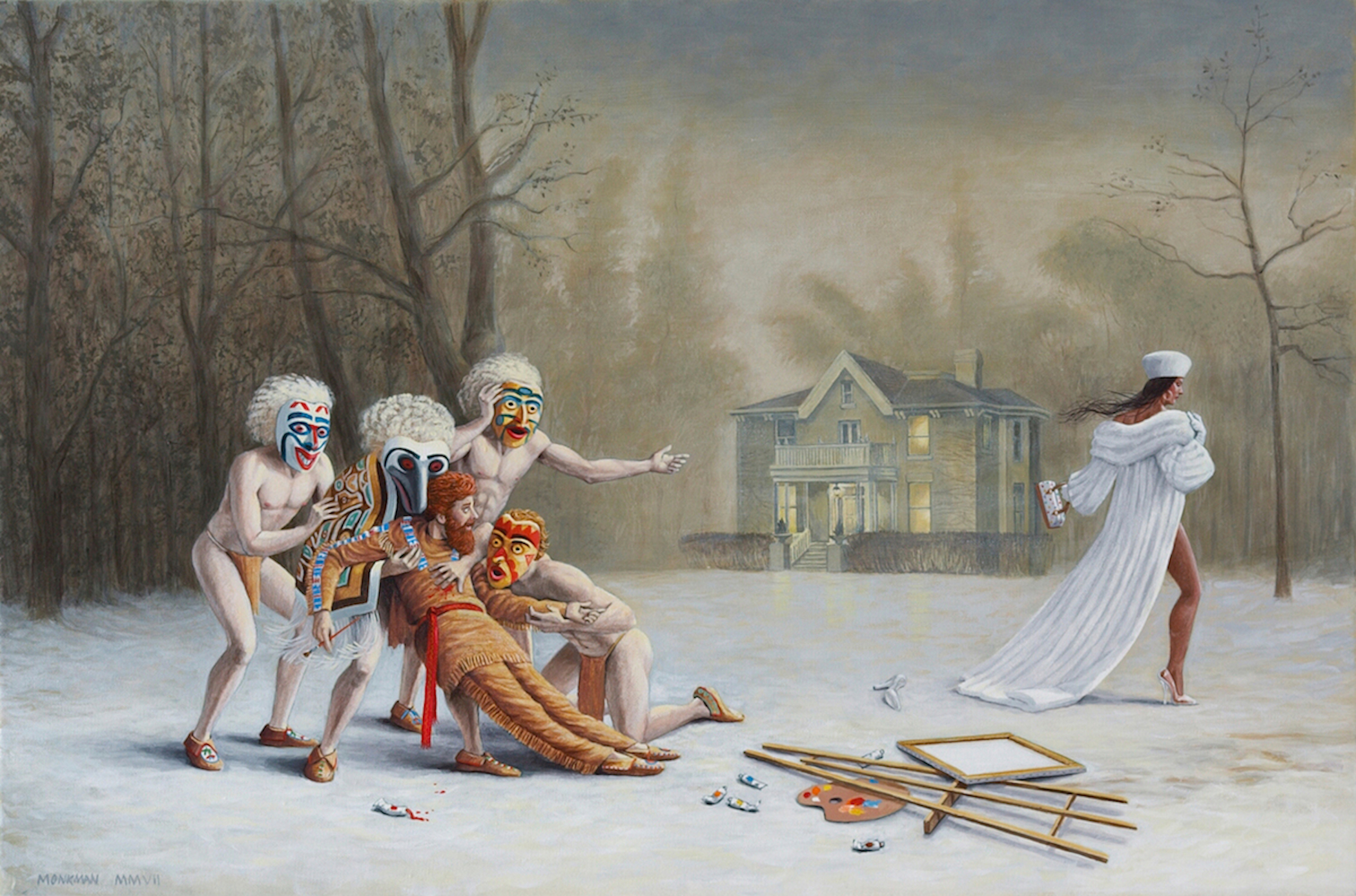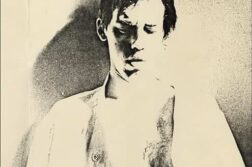THE CURATOR of the recent show Irreverent: A Celebration of Censorship at the Leslie-Lohman Museum in New York (Feb. 13–May 3, 2015), Jennifer Tyburczy is an art historian whose mission it is to explore the history of censorship by galleries and museums, especially in the realm of GLBT-themed art. The exhibition spotlights some important cases of censorship at the institutional level—situations in which an artist or a work has been removed from a show, or restricted from view, after it had gone on display.
Tyburczy is assistant professor of feminist studies at UC–Santa Barbara. Her book Sex Museums: The Politics and Performance of Display is forthcoming from the University of Chicago Press this fall. “Many of the ideas for the exhibition Irreverent were drawn from this book project,” she told me in our interview. Another project is a collaboration with Gisela H. Muciño and Susana Go on a group exhibition of female-identified artists living in the U.S. and Mexico, which will be shown at the Museo de la Mujer in Mexico City.
I posed a limited number of general questions to Dr. Tyburczy via e-mail, and she obliged with a series of lengthy and, I believe, extremely thoughtful replies.
Cassandra Langer
Cassandra Langer is the author of the forthcoming biography Romaine Brooks: A Life (Wisconsin).







